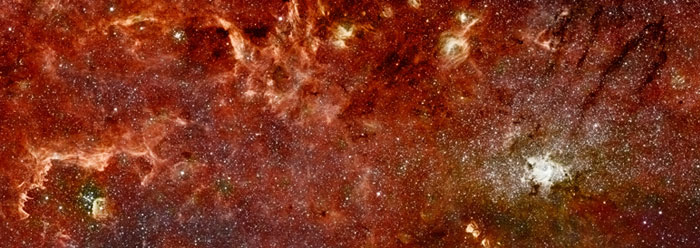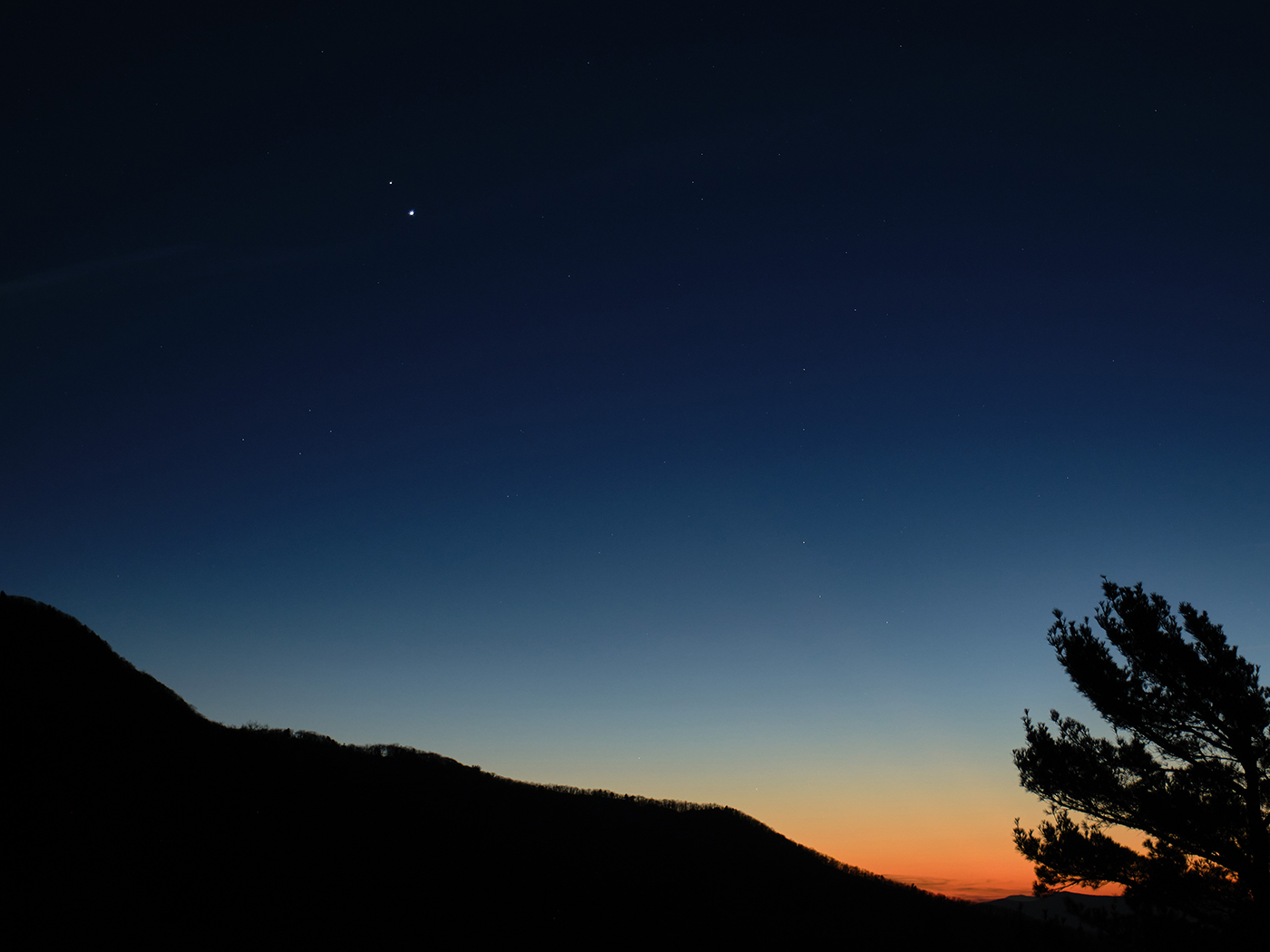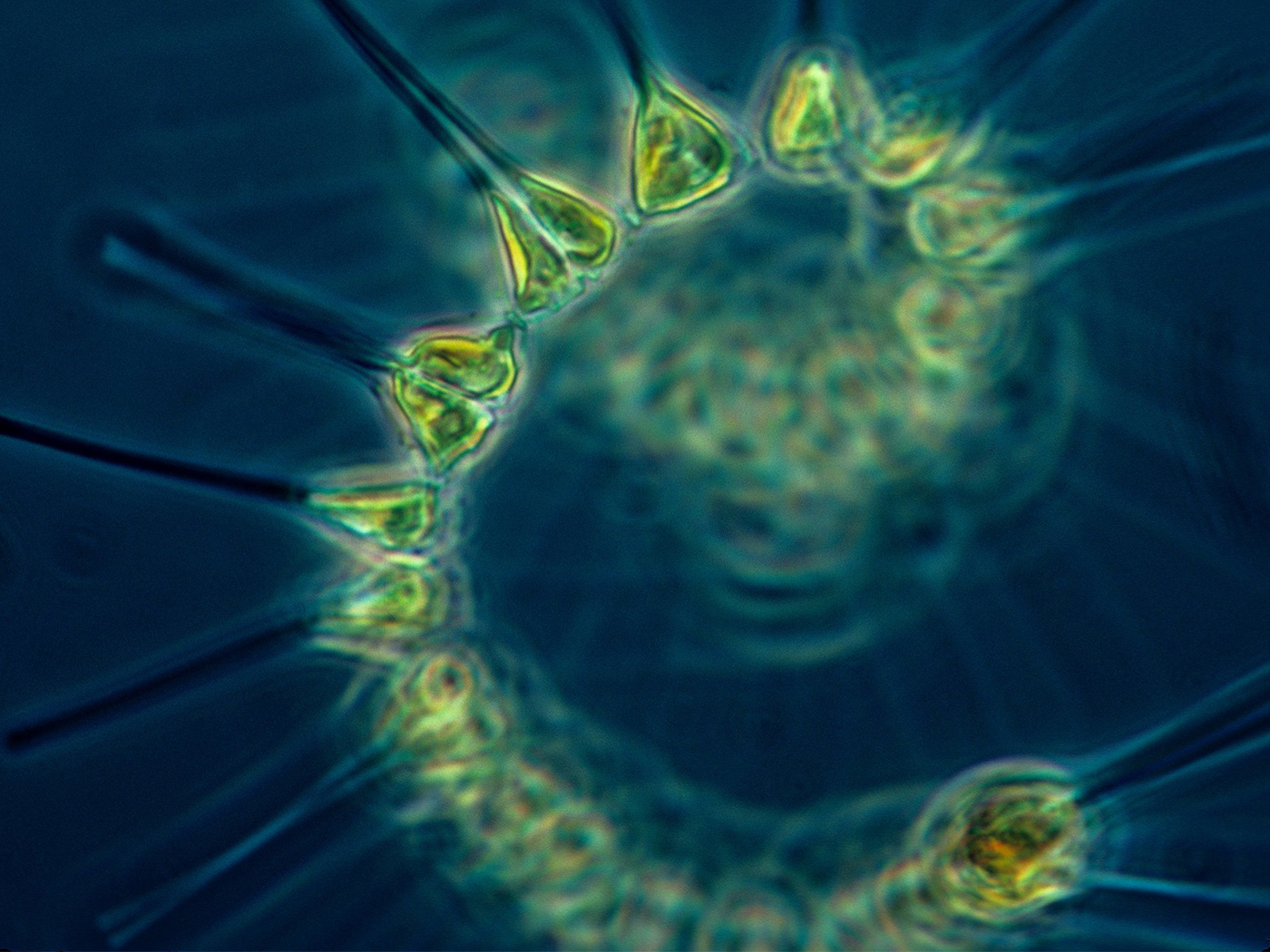While examining an area near the center of the Milky Way, astronomers saw something they were not expecting. An inordinately high number of average-looking stars are grouped there in a formation known as the Arches Cluster, which is surprising since it is located so near to the black hole at the heart of the galaxy. The stars’ normal appearance is not predicted by naturalistic models of star and galaxy formation.
Philosophical naturalists maintain that stars and galaxies were formed by gravitational attraction between dust particles in debris-filled space. Supposedly, the more initial debris there is in the “protostar” dust cloud, the faster it moves towards star birth. If the dust cloud is sparse, then “it may take hundreds of millions of years” before enough accretion occurs for the new star to shine with visible light.1
Naturalistic concepts hold that the wild torrent of “huge opposing forces” that operate at the heart of galaxies should work against the formation of normal-looking star clusters.2 A new study on the Arches Cluster is slated to be published in an upcoming edition of the journal Astronomy and Astrophysics. Study team member Pablo Espinoza told Space.com, “With the extreme conditions in the Arches Cluster, one might indeed imagine that stars won't form in the same way as in our quiet solar neighborhood.”2 But the study’s observations show that these stars follow the same patterns of mass distribution found elsewhere in the galaxy, meaning that there must be something wrong with the standard naturalistic hypothesis of star development.
Additional observations in the same region are equally unpredicted by naturalistic models. For example, “baby” stars were also recently observed in the galactic core. However, “fierce stellar winds, black holes and shock waves all make it a tough place” for stars to form.3 Hence, they are “a mystery” to astronomers who have yet to find a purely naturalistic explanation for the universe they see.
It makes sense to infer that star formation was not dependent on nature, but on a Creator who “telleth the number of the stars; he calleth them all by their names.”4 Thus it comes as no surprise that naturalists are so surprised by “unnatural” stars.
References
- Pasachoff, J. M. 1993. Astronomy, From the Earth to the Universe, 4th Ed. Orlando, FL: Harcourt Brace Jovanovich, 423.
- Crowd of Stars Surprisingly Normal. SPACE.com, posted June 4, 2009, accessed June 8, 2009.
- Madrigal, A. Baby Stars Discovered in Violent Galactic Core. Wired Science. Posted on wired.com June 10, 2009, accessed June 15, 2009.
- Psalm 147:4.
Image Credit: NASA
* Mr. Thomas is Science Writer at the Institute for Creation Research.
Article posted on June 24, 2009.
























